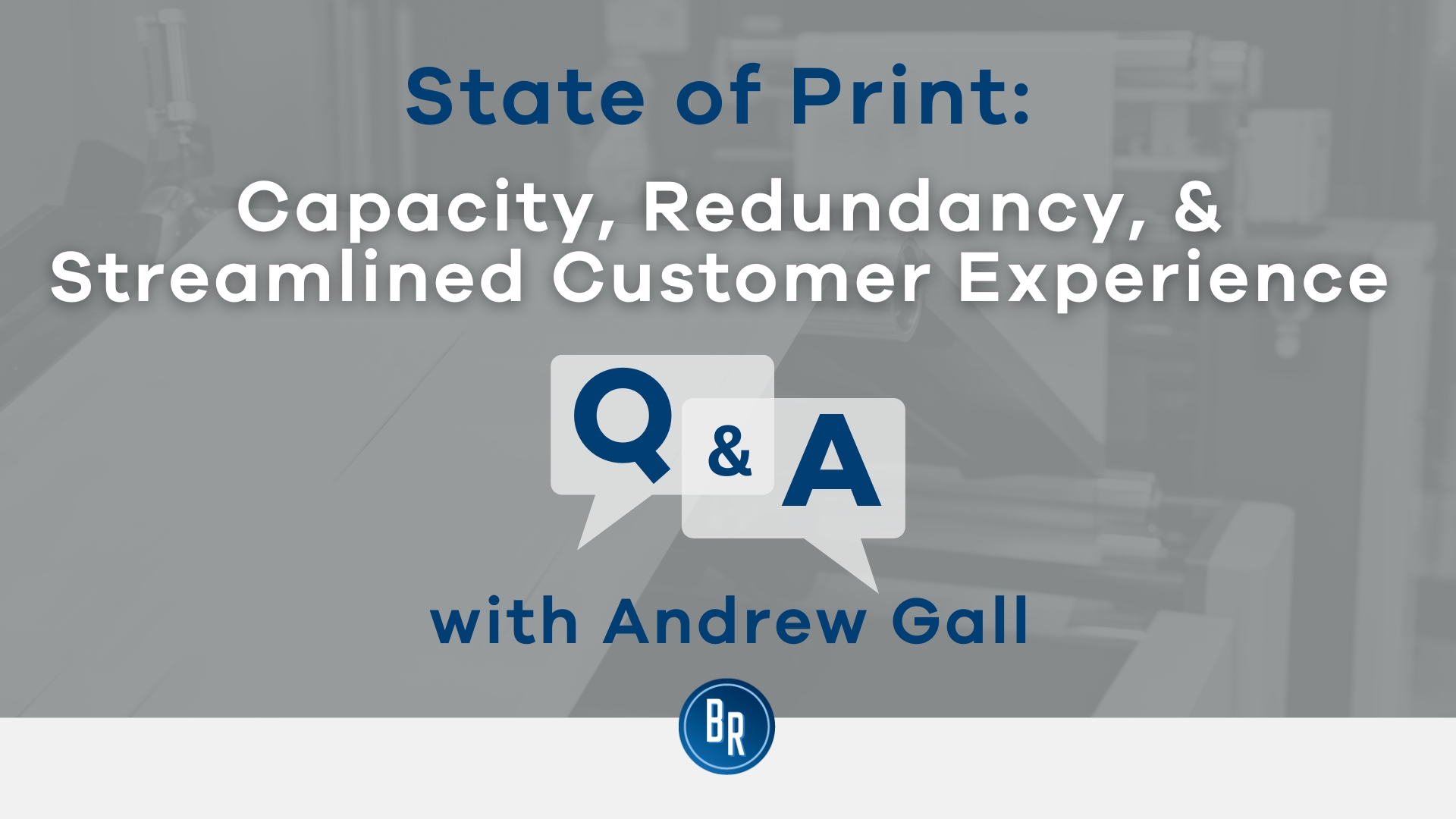If a Company Goes Bust Who Pays Redundancy? Legal Insights for UK Worker
If a Company Goes Bust Who Pays Redundancy? Legal Insights for UK Worker
Blog Article
Examining the Interplay Between Firm Redundancy and Business Versatility for Future Development
In the vibrant landscape of today's organization world, the intricate connection between business redundancy and business adaptability emerges as an essential factor for continual development and success. Firms often encounter the challenge of striking a delicate balance between keeping a level of redundancy to minimize threats and fostering adaptability to react swiftly to the ever-evolving market demands.
Relevance of Company Redundancy
Business redundancy is an essential element that improves business durability and minimizes operational risks. By incorporating redundancy actions within the business structure, business can much better endure unanticipated disruptions and fluctuations in business setting. Redundancy offers as a strategic buffer, enabling companies to adjust and react properly to unanticipated difficulties without compromising vital operations.
One key aspect of the significance of business redundancy is its role in guaranteeing continuity during times of crisis. When encountered with sudden adjustments or emergency situations, repetitive systems, resources, or employees can tip in to maintain vital features and avoid widespread disruptions. This continuity not just safeguards the firm's credibility and customer count on however additionally reduces economic losses and operational downtime.

Methods for Organizational Adaptability

Another essential method is spending in innovation and framework that can support adaptability and scalability. Applying digital devices, automation, and information analytics can enhance procedures, improve effectiveness, and offer useful understandings for notified decision-making. Furthermore, producing adaptable business frameworks that allow for fast changes to market characteristics and customer requirements is essential for remaining affordable in a rapidly advancing setting. By proactively recognizing prospective disruptions and opportunities, companies can proactively thrive and adapt in an ever-changing business landscape.
Balancing Redundancy and Versatility
Accomplishing a harmonious stability in between operational redundancy and organizational versatility is extremely important in navigating the complexities of a dynamic company environment. Redundancy within a business supplies a safeguard, ensuring connection and security in procedures. Nevertheless, an excess of redundancy can cause inadequacies and impede flexibility to altering market conditions. see On the various other hand, organizational versatility permits companies to react promptly to external disturbances and confiscate new opportunities. Striking the ideal equilibrium between redundancy and flexibility is a fragile procedure that requires a deep understanding of the company's objectives, market dynamics, and danger tolerance.
To accomplish this balance, companies need to conduct normal analyses of their operations to identify areas where redundancy is required for risk reduction and where versatility can drive development and growth. Carrying out versatile structures, promoting a society of continual knowing and renovation, and urging open interaction across all levels of the company are essential approaches to harmonize redundancy and flexibility effectively. By aligning these two crucial aspects, companies can place themselves for sustainable development and success in an ever-changing organization landscape.
Case Studies on Adjustment Success
In examining instances of effective business adaptation, it ends up being obvious that the interplay between functional redundancy and adaptability is a specifying element in shaping resistant organizations. One engaging case research study is that of Netflix. Initially a DVD rental solution, Netflix demonstrated amazing adaptability by transitioning into a streaming platform when digitalization interrupted the market. By tactically buying innovation and web content creation, Netflix not just thrived but survived in a quickly progressing market. One more standout instance is Amazon. Beginning as an on-line book shop, Amazon continually adapted its company design, increasing right into diverse sectors such as cloud computing and artificial knowledge. This versatility permitted Amazon to stay in advance of rivals and fulfill altering consumer needs. Last but not least, Adobe gives a notable picture of effective adjustment. The company changed from offering software application licenses to a subscription-based model, making sure great post to read repeating profits streams and enhanced client interaction. These situation researches emphasize the significance of operational redundancy coupled with business versatility in promoting lasting growth and competition.
Structure Durability for Future Growth
Structure durability for future growth requires a critical positioning of operational processes with market characteristics and arising patterns. Firms should adapt to changing settings by fostering a culture of adaptability, innovation, and constant enhancement.
Moreover, promoting solid partnerships with stakeholders, such as customers, staff members, providers, and the area, is vital for preserving and weathering unpredictabilities trust fund and support throughout unstable times. Reliable communication and openness play a vital function in structure resilience, as they aid promote and align expectations collaboration in navigating uncertainties.
Furthermore, organizations need to focus on knowing and growth campaigns to upskill workers and equip them with the essential tools to adjust to transforming situations. By purchasing their labor force, companies can boost their adaptability and dexterity, ultimately enhancing their durability for sustainable future growth.
Verdict

In the dynamic landscape of today's business world, the elaborate partnership between firm redundancy and organizational adaptability arises as an important factor for continual development and success. Firms typically encounter the difficulty of striking a delicate equilibrium between maintaining a level of redundancy to minimize threats and fostering versatility to respond quickly to the ever-evolving market needs.To accomplish this equilibrium, business require to conduct regular analyses of their operations to identify locations where redundancy is essential for risk reduction and where versatility can drive technology and development.In verdict, the interaction between company redundancy and business versatility is vital for read here future growth. Building strength with a combination of redundancy and flexibility will ensure that business are prepared for the difficulties of the future.
Report this page